Northern Europe: Ten Must See Cities Off the Beaten Path
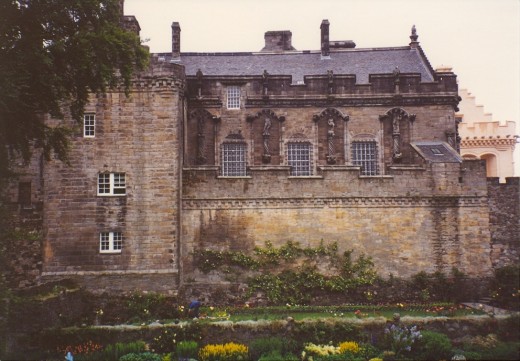
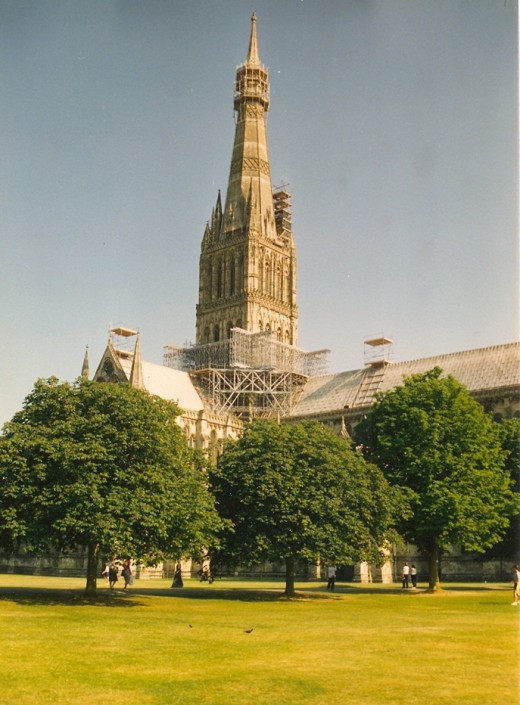
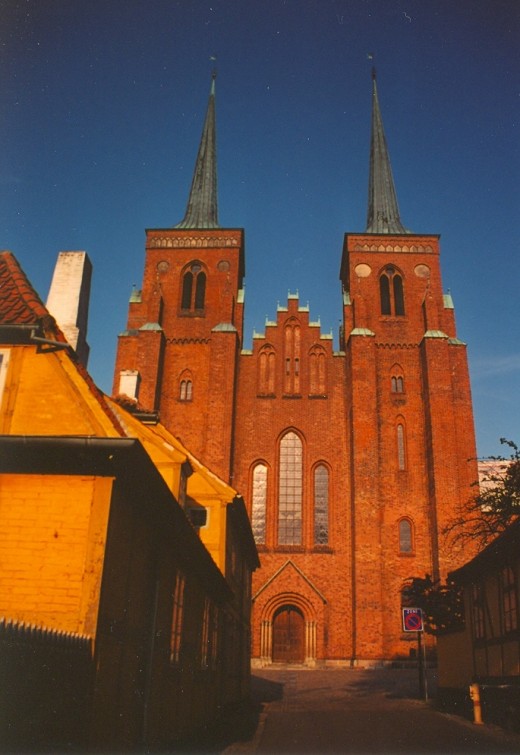
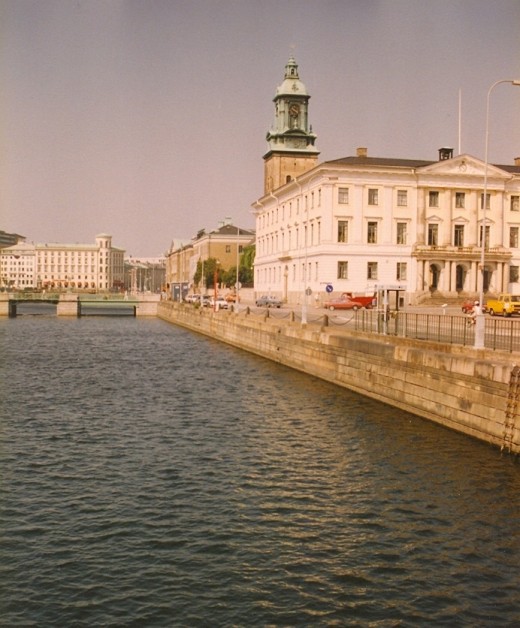
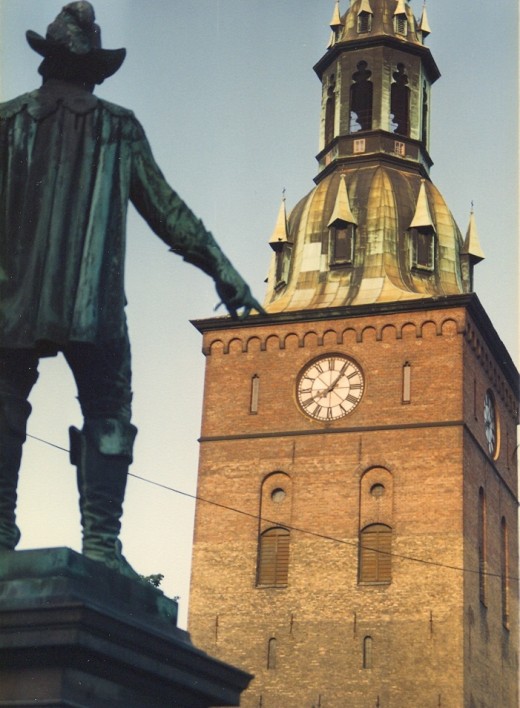
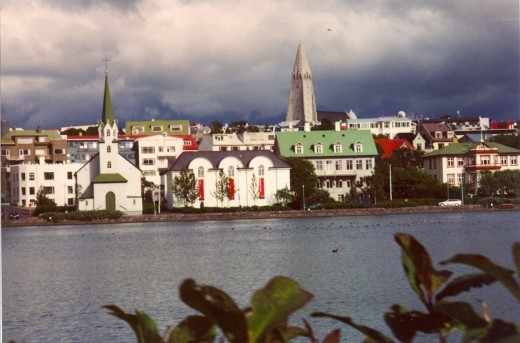
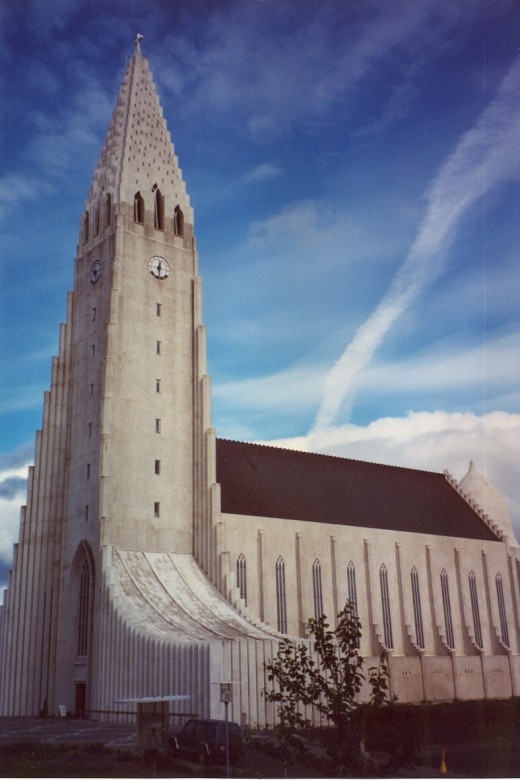
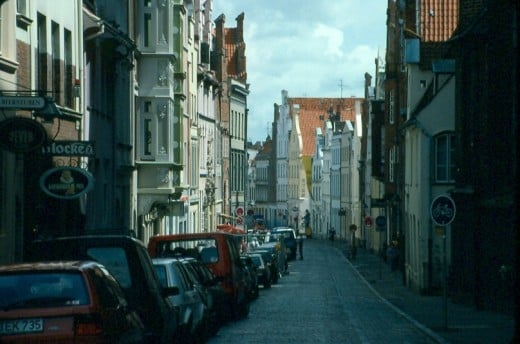
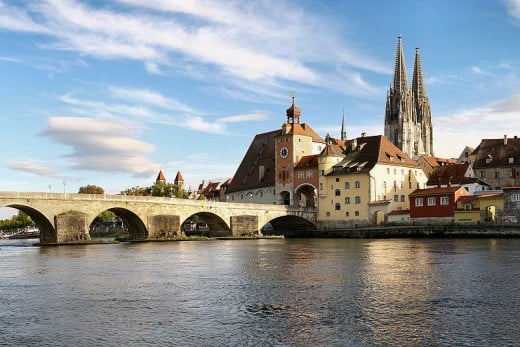
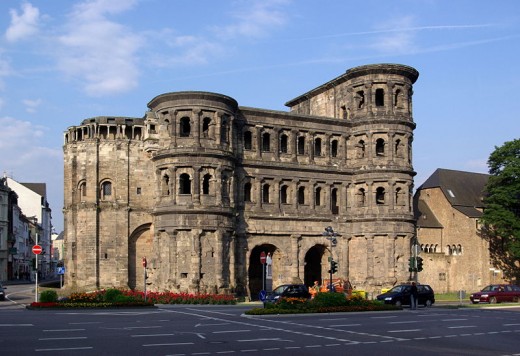
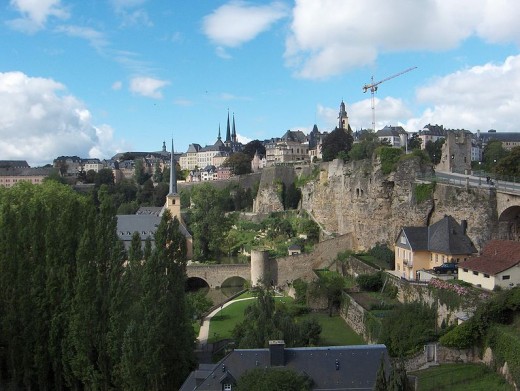
1. Stirling, Scotland. It’s not Edinburgh or Glasgow, but that’s what makes it off the beaten path. Actually Stirling is on a well-trodden path between its two larger and more famous neighbors but its small size makes it easily overlooked. Stirling’s fame rests on various famously pivotal battles, mostly between the Scots and English, and not without accident. Its strategic position at the gate of the Highlands is a major reason why battles frequently occurred here. It was formerly Scotland’s capital, again, not accidental, at least in its formative years, and it was here that Mary Queen of Scots and her infant son James VI, were crowned. Stirling’s fine castle rivals that of Edinburgh’s, both atop craggy volcanic sills. The Wallace Monument, commemorating the Battle of Stirling, is worth a visit as is the Church of the Holy Rood one of Scotland’s finest medieval parish churches. Stirling happens to be the smallest chartered city in Scotland with a population of 41,000 (2001).
2. Salisbury, England. Close enough to London to make a day trip but hard enough to tell you are anywhere near Europe’s largest city. Salisbury comfortably occupies its own niche on the Salisbury Plain 85 miles west of London. The small city of about 50,000 was established in 1220 on what was probably an older settlement dating to the Roman era. The city is best known for its namesake cathedral with its 404 foot (123 meter) high spire – the tallest in the UK. The cathedral was built between 1220 and 1258 and also contains one of the four original copies of the Magna Carta. Located eight miles north of Salisbury is Stonehenge, perhaps the most intriguing Neolithic standing stones dating to about 2500 BC. It is a UNESCO World Heritage Site.
3. Roskilde, Denmark. Just a stone’s throw from Copenhagen the small city of Roskilde seems unassuming at first. Upon closer examination this city reveals a deeper historical root and its cathedral is perhaps the best place to understand why. Beneath the floors of its twin brick Gothic spires are interred Denmark’s royalty since the 15h century. While the capital was in Copenhagen, the Roskilde Cathedral was the only cathedral in Zeeland until the 20th century. Roskilde has existed since at least the 980s and its importance grew as a bishopric, since 1020, and a royal estate. It has a population of just under 47,000 (2010).
4. Goteburg (Gothenburg), Sweden. This is Sweden’s second city after Stockholm. On the country’s western seaboard, or the North Sea, it is physically distant from the main population of Sweden, centered around Stockholm. Founded as late as 1621 by Gustavus Adolphus, it provided a strategic port on Sweden’s west coast. Its downtown canals give it almost a sterile pre-planned appearance and its grid layout seems most un-European. The blueprints for its near-perfect planning were used by the Dutch in the 17th century when they built Jakarta (Batavia), Indonesia. If the winters get to you here Gothenburg offers some of the best botanical gardens in Europe. During the summer make time to take a trip to the rugged archipelago offshore. Highlights of the city include Gothenburg University, the old town with its canals – vaguely reminiscent of St. Petersburg, the City Museum, housed in what was formerly the EastIndia Building. Gothenburg’s population is 510,000 city, and 923,000 metropolitan.
5. Oslo, Norway. Norway’s capital and largest city, Oslo, was destroyed by fire in 1624 and rebuilt. That reconstruction did not include the heated sidewalks that the city comes complete with today to help ward off the long winters you can expect. Instead, the 17th century cathedral is a hallmark from this era and is complemented nicely by the modernist city hall which dates to the 1950. Located at the head of a deep U-shaped fjord, you are never far from the water in this city whose Viking origins date to 1048. The Akershus Fortress, started in 1290, is still an active military post, but open to visitors. The Viking Ship Museum has an excellent collection of original Viking ships and is a highlight of any sightseeing in the city. Oslo’s population is 552,000 (2007).
6. Reykjavik, Iceland. Iceland’s tiny capital (117,000 people), the world’s northernmost, will not disappoint or discourage you. It’s as exciting as it is charming as well as very relaxed. The views are unparalleled regardless of where you look and although it does not have the historic architecture of some of Europe’s other capitals, it has plenty else included heated outdoor pools. Still, Reykjavik was built upon a Viking settlement dating to the 9th century which gradually grew into the nation’s capital. For a look at the city’s past try the Reykjavik Settlement Exhibition which is open air and features the country’s oldest buildings including a Viking longhouse. The National Gallery and Reykjavik City Museum are worth visits if time permits. The appeal of Reykjavik goes beyond the city’s limits. Within 45 minutes is Blue Lagoon where you can soak in the thermally heated outdoor waters; Pingvillar the historic birthplace of Iceland; and finally Strokkur and Gullfoss, a bubbling geyser and huge waterfall, respectively.
7. Luebeck, Germany. Luebeck is closely tied to its Hanseatic heritage and has strong connections that look north rather than south towards the German motherland. To say it’s not part of Germany, or not German, would be a strong presumption, if not outright falsehood but the fact remains that Luebeck’s identity is framed by a glorious past tied to the Baltic trading network. In the fourteenth century it rivaled Venice in its trade capacity and was the largest and most powerful member of the Hanseatic League. The city’s most iconic historical monument is the famed Gothic red-brick Holsentor which was first mentioned in the year 1216. The current one dates to the fifteenth century and its strong symbolism has earned it a place on the UNESCO World Heritage list. There’s more to Luebeck than this red brick gate. Although half of the city was destroyed in World War II it has been painfully restored and its steep gabled roofs, narrow alleys, and brick walls give it an intimate feel. The city of 213,000 is also famous for producing the almond-based confection, marzipan.
8. Regensburg, Germany. Regensburg is one of those cities that has defied history’s odds in that it was largely spared destruction during World War II. This small Bavarian city was originally Roman but flourished only in the Middle Ages as the good potential of its Danube ford was exploited. The old town is a great place to walk and admire the architecture. The Gothic cathedral is the hallmark, begun in 1275 but not completed until 1869. The twin spires of this impressive building are a great place to get your orientation. No less historic is the 8th century cloister and the persevered east tower of the Praetorian Gate, which is Roman in origin. The city is recognized as a UNESCO World Heritage Site and has a population of 130,000 (2006).
9. Trier, Germany. Set in the steep Mosel River Valley, Trier’s surroundings add to its local charm seemingly cutting it off from the rest of the world. What sets Trier apart is that it was founded by the Romans in 16 BC as a town rather than just a military camp or settlement. Its hillsides still harvest grapes. More interesting is the Roman architecture still visible and includes probably the most famous piece of extant Roman building north of the Alps, the Porta Nigra city gate. Its intrigue is the setting – it looks so unexpected and out of place in northern Europe. Other Roman sites include the bridge, amphitheater, ruins of the baths, parts of the town wall, and sections of the Cathedral (Dom) and Constantine Basilica. During the Middle Ages Trier was an important religious center and the relic of the Holy Robe in Cathedral became an important pilgrimage site. The Church of Our Lady (Liebfrauenkirche) is a fine example of early Gothic. Many of the Roman sites as well as the Cathedral are UNESCO World Heritage sites.
10. Luxembourg City, Luxembourg. The capital of this small principality has resisted annexation from its larger, more powerful neighbors Germany, France, and Belgium. Its location is one reason as the city sits atop high ground which is deeply indented by river valleys on its sides; no wonder it became a suitable place for building a fort. The city has been heavily fortified since the 16th century true to its namesake as the “Gibraltar of the North”. What you see today is a small but beautiful city of 76,000 with much of its historic past intact. It is located in the center of the small country of the same name. Nearby is the American military cemetery and the grave of General George S. Patton.
Related hubs by jvhirniak:
Southern Europe: Ten Must See Cities Off the Beaten Path.








